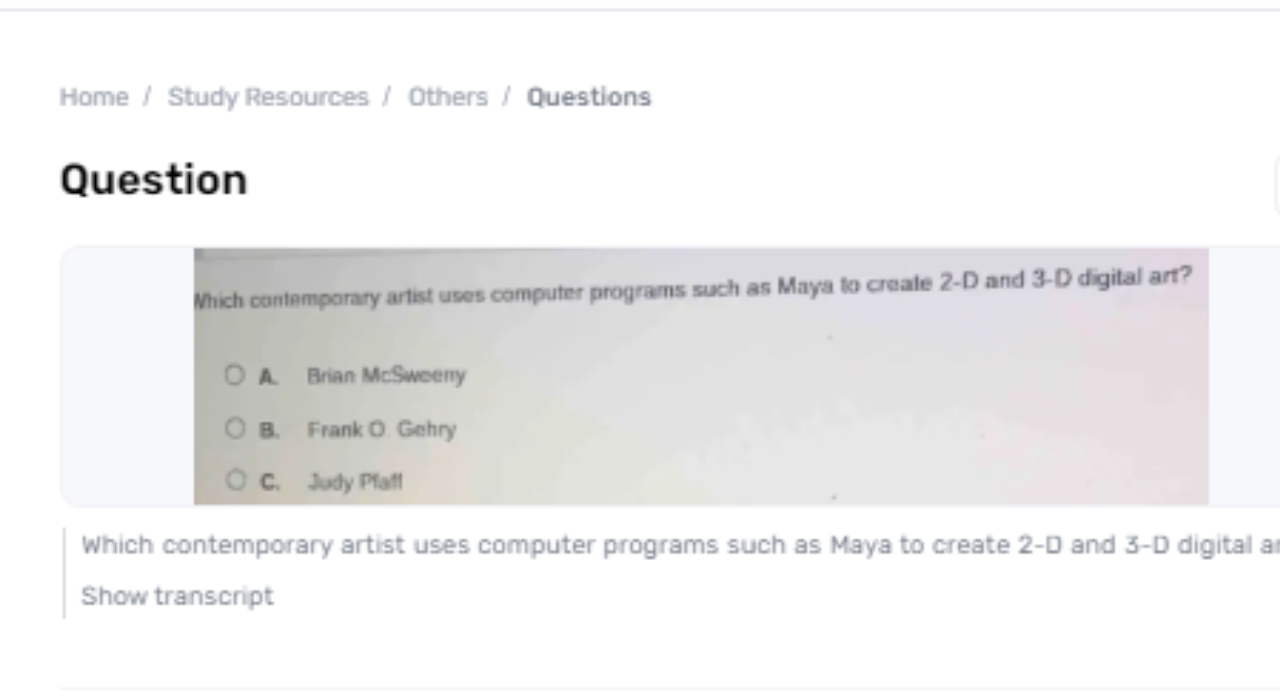Within the advancing scene of modern craftsmanship, computerized apparatuses, and computer programs have ended up necessary for the inventive handle. Specialists nowadays are saddling the control of innovation to thrust the boundaries of conventional craftsmanship shapes, making complex and imaginative works in both two-dimensional (2D) and three-dimensional (3D) spaces. One striking craftsman who has grasped these computerized advancements is Joshua Davis. Known for his spearheading work within the advanced craftsmanship domain, Davis utilizes programs such as Maya to make complicated and outwardly striking advanced works of art. This paper investigates which contemporary artist uses computer programs such as maya to create 2-d and 3-d digital art? Joshua Davis's utilization of computer programs like Maya, looking at how these instruments contribute to his imaginative vision and affect the field of contemporary art.
Joshua Davis and His Computerized Creativity
Joshua Davis may be a modern craftsman eminent for his exploration of generative art and intuitive planning. His work regularly includes the utilization of complex calculations and computerized instruments to make craftsmanship that's both outwardly compelling and conceptually imaginative. Davis approach to craftsmanship is characterized by the utilization of computer programs to produce one-of-a-kind, energetic, and stylishly wealthy pieces. Among the apparatuses he utilizes is Maya, an effective program utilized for 3D modeling, movement, and rendering. Davis's engagement with computerized technology exemplifies how modern specialists are joining advanced tools into their imaginative forms to deliver groundbreaking craftsmanship.
The Part of Maya in Advanced Craftsmanship Creation
Maya may be a broadly utilized program application within the field of advanced craftsmanship and liveliness. Created by Autodesk, Maya gives craftsmen a comprehensive suite of apparatuses for making nitty-gritty 3D models, liveliness, and visual impacts. Its capabilities incorporate polygonal modeling, surface mapping, fixing, and rendering, which permit specialists to develop complex 3D situations and characters. For Joshua Davis, Maya is instrumental in realizing his aesthetic vision, empowering him to make complex advanced figures and movements. By leveraging Maya's progressed highlights,
Integration of 2D and 3D Components
Davisâs work frequently includes the integration of both 2D and 3D components, reflecting a flexible approach to computerized craftsmanship. The combination of these components permits him to form multi-dimensional visual encounters that lock in watchers on different levels. For occasion, he might utilize Maya to plan a 3D show, which is at that point consolidated into a 2D composition or intelligently establishment. This combination of 2D and 3D components not as it were upgrades the visual complexity of his work but also gives an energetic stage for investigating unused imaginative conceivable outcomes.
Affect on Modern Craftsmanship
Joshua Davis utilization of Maya and other advanced instruments has had a critical effect on the field of modern craftsmanship. His imaginative approach challenges conventional ideas of craftsmanship creation and opens up modern roads for creative expression. By grasping computerized innovation, Davis and other modern craftsmen are growing the definition of craftsmanship and investigating better approaches to lock in with groups of onlookers. The utilize of computer programs like Maya permits for the creation of craftsmanship that's intelligently, generative, and immersive, pushing the boundaries of what craftsmanship can be.
Strategy for Tending to a Gauth Request
1. Identify the Center:
Decide if the address relates to setup, utilization, administration, or investigating to shape your reply suitably.
2. Gather Significant Data:
Counsel Gauth’s official assets and consider common client encounters to guarantee a careful reaction.
3. Structure the Answer:
Organize your reply in a logical sequence with clear, down-to-earth steps that address the particular inquiry.
4. Review and Alter:
Confirm the precision of the data given and refine the reaction for clarity and exactness, ensuring it is direct and simple to get it

Conclusion
In conclusion, Joshua Davis's utilization of computer programs such as Maya represents the transformative effect of advanced apparatuses on modern craftsmanship. His imaginative approach to mixing 2D and 3D components through a progressed computer program outlines how innovation can upgrade imaginative expression and grow the boundaries of conventional craftsmanship shapes. As advanced instruments proceed to evolve, the potential for unused creative investigations and developments will develop, forming the long run of craftsmanship in energizing and erratic ways. Davis’s work, it was grandstands the conceivable outcomes of advanced aesthetics but also motivates other specialists to investigate the crossing point of innovation and inventiveness. The progressing integration of computerized instruments into craftsmanship reflects an energetic and advancing field that proceeds to rethink what craftsmanship can be.


